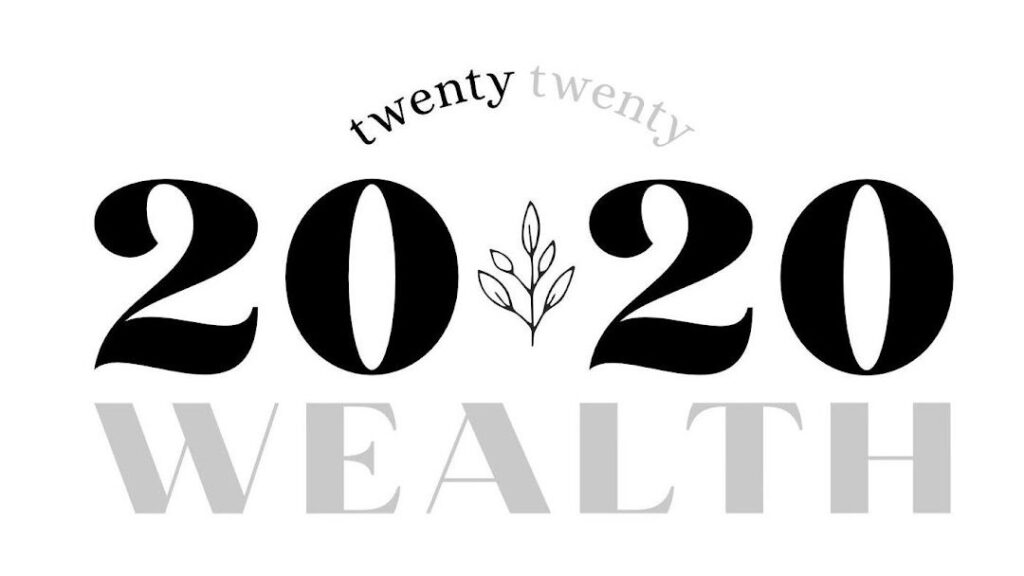Retirement is a major milestone in life, representing the end of years of hard work and dedication. It’s a time to enjoy the freedom to pursue your passions and interests without being tied to a work schedule.
However, to make the most of your retirement years, careful planning and consideration is key, particularly when it comes to managing your finances and investments.
Here, we address some of the commonly asked questions relating to retirement planning including outlining some steps for growing your money in retirement and how to adjust your investment risk as you near retirement.
Steps for growing your money in retirement
Retirement planning doesn’t end when you stop working; in fact, it becomes even more pressing as you move into this new phase of life. Here are a few steps for retirees to grow their money in retirement:
- Assess your financial situation – Before making any investment decisions, review your financial situation. Work out your income, expenses, assets and liabilities to get a clear idea of your overall financial health and retirement readiness.
- Create a budget – Develop a realistic budget that will cover your retirement goals and lifestyle. Factor in expenses such as housing, healthcare, travel and leisure activities, and identify areas where you can reduce costs or make adjustments if needed.
- Diversify your investments – Diversification is key to managing risk in retirement. Spread your investments across various investment options, such as shares, bonds and real estate, so that you’re not overexposed to any single market or economic downturn.
- Consider income generating investments – Look for investments that provide a steady stream of income, such as dividend paying shares, bonds, rental properties or annuities (a form of investment entitling the investor to a series of regular payments).
- Monitor and rebalance your portfolio – Regularly review your investment portfolio to ensure it still meets your financial goals and risk level. Rebalance your portfolio as needed and adjust for changes in market conditions or your personal circumstances.
- Stay informed and seek professional advice – Keep yourself informed about market trends, economic developments and changes in tax laws that may impact your retirement investments. Consider meeting with a financial adviser or retirement planner to help you develop a retirement strategy that meets your needs and objectives.
- Manage withdrawal rates – Be aware of how much you’re withdrawing from your pension each year to avoid going through your savings too quickly. For an account-based pension, the minimal drawdown rate for under 65s is 4%, gradually increasing to 14% when the member turns 95.
- Plan for healthcare costs – Healthcare expenses can be a major burden in retirement, so it’s very important to factor them into your financial plan.
By following these steps, you can proactively grow your money and help improve your financial security throughout your retirement years.
Adjusting investment risk when nearing retirement
As you approach retirement, you may need to rethink your investment strategy to reflect your changing financial needs and risk tolerance.
Here are some considerations for adjusting your investment risk when nearing retirement:
- Consider moving towards capital preservation – As you near retirement, you may want to put capital preservation before aggressive growth. Moving part of your investment portfolio into more conservative assets, such as bonds, can help preserve your retirement savings.
- Reduce exposure to shares – While shares historically offer higher returns over the long term, they also come with risk. You may want to consider reducing your exposure to shares as you approach retirement to minimise the impact of market downturns on your portfolio.
- Focus on income generation – Shift your investment focus from growth oriented assets to income generating investments that provide a steady stream of cash flow. Dividend paying shares and bonds can help top up your retirement income while offering more stability.
- Consider your longevity – Plan for the possibility of living longer than expected and the impact it may have on your retirement savings. Consider an investment that offers protection against inflation and longevity risk, such as annuities or inflation indexed bonds, to help ensure income security throughout your retirement years.
Summary
Growing your money in retirement requires careful planning, prudent decision-making, and ongoing management of your investment portfolio.
By following the steps outlined above and adjusting your investment risk as you near retirement, you can improve your financial security, protect your retirement savings, and enjoy a comfortable and fulfilling retirement lifestyle.
Source: MLC






